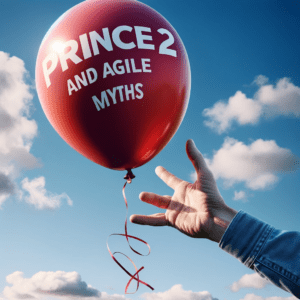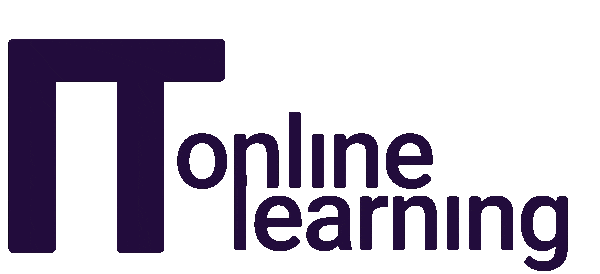The words Agile and Scrum are often spoken in the same breath and, therefore, there is confusion among some people as to what the roles of Agile and Scrum respectively are in project management. Below we hope to bring some clarity and a better understanding of what is involved in both Agile and Scrum, how they fit together and what the differences are between the two.
Agile Methodology
The Agile methodology shies away from traditional project management methods in that it approaches project goals and problem-solving by utilising teams that manage themselves and are cross-functional. Therefore, acknowledgement of responsibilities and team cooperation are highly focussed upon and work is undertaken in an iterative and incremental fashion.
Agile focusses on the customer and endeavours to deliver quality products in a timeous and continuous manner. This is also how progress is measured in Agile – by the amount of functioning, quality products that are produced over a certain period.
Scrum Process Framework
Scrum is a process framework where development is considered Agile.
In a Scrum environment, any unpredictable factors in the project are dealt with by implementing “sprints” which are repeatable, incremental work cadences. Any backlog of work left over from the previous sprint is addressed in the next sprint. When a sprint is complete, an incremental product should be completed to the desired quality and the next stage of the project is planned.
The typical Scrum process will involve daily, 15 minute Scrum meetings where team members will describe what they have done since the previous Scrum meeting, what they plan to do before the next meeting and issues that they may have encountered where assistance is needed from other team members.
There are three roles linked to scrum namely the ScrumMaster, the Product Owner and the Team. Their typical responsibilities are as follows:
The ScrumMaster
- Ensuring that there are no barriers between the development team and the Product owner, handing development over to the Product Owner.
- Teaching the owner how to maximise the return on investment.
- Teaching the Product owner to meet the required objectives by implementing Scrum.
- Ensuring that the development team remain creative and are confident in their decision-making.
- Assisting the product team in any way possible to maximise their productivity.
- Ensure that engineering practices and tools are constantly improved, ensuring that each increment of functionality adheres to the agreed requirements.
- Constantly update on the Team’s progress whilst ensuring that these updates are visible to everyone involved in the project.
The Product Owner
- Fields any queries about the product’s requirements.
- Working with the Team to define technical requirements.
- Documenting the requirements as is necessary.
- Determining the order of implementation.
- Maintaining and updating of the product backlog.
- Setting the schedule for the release of completed work.
- Deciding whether implementations adhere to the agreed features and quality.
The Team
- Taking on the hands-on work namely development and testing.
- Making decisions as to how the work needed to be done will be performed.
- Break necessary work into smaller tasks.
- Allocating tasks to individual team members.
- Producing the final product to the agreed requirements.
Differences Between Agile and Scrum
The differences between Agile and Scrum are hard to define. Scrum can be considered Agile, but in a specific form. It would be better to think of them as belonging to the same “family”. They work together to ensure that the project keeps to the tolerances that have been set and keep the project from becoming unmanageable.
Agile defines who the project is created for and why it needs to be undertaken. Scrum is then introduced to measure progress in a tangible manner, rather than leaving it to a “best guess” scenario and ensures that progress stays on track as originally planned.
Implementing the Agile Methodology
Organisations that have chosen to implement the Agile methodology in their projects will find that they have far more flexibility than any in-house designed method can offer. Making use of Agile and Scrum’s incremental approach to work done during the project will ensure that it is far more controlled, and any changes or issues that arise during the project can be dealt with, without the need to change the desired direction of the project.
Compared to the waterfall method of project management, Agile and Scrum lead from the front in that clients know what they want out of the project from the very beginning. Problems and changes that may occur are very likely identified before they can occur and, if an unforeseen problem does crop up, it can be dealt with accordingly.
Many organisations have benefited from the implementation of both the Agile and Scrum methodologies as many other project management methods can be cumbersome, relying heavily on stacks of paperwork and long meetings that hinder progress and cause confusion between the individuals involved in the project. Agile offers just what the name suggests – agility in projects.






